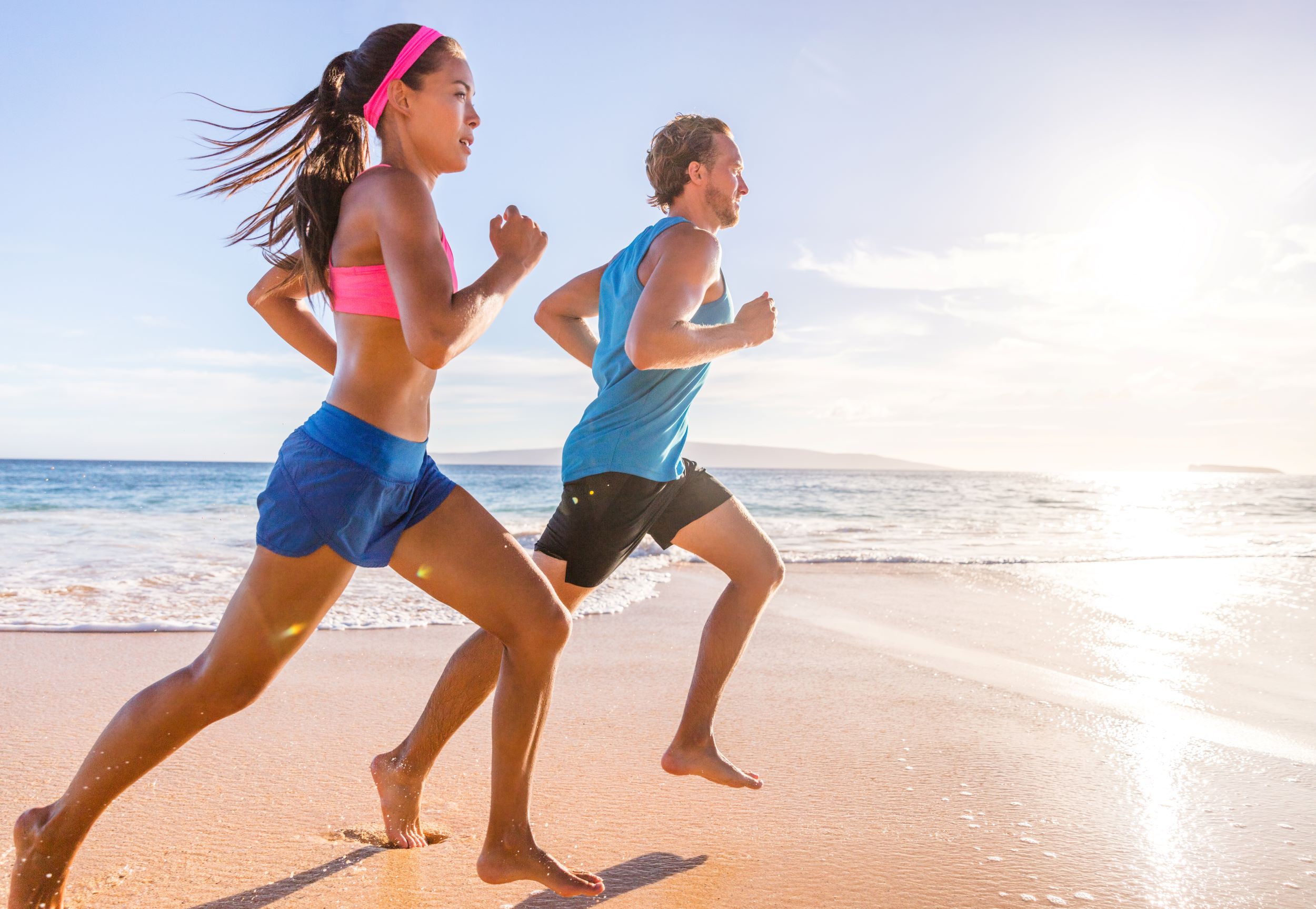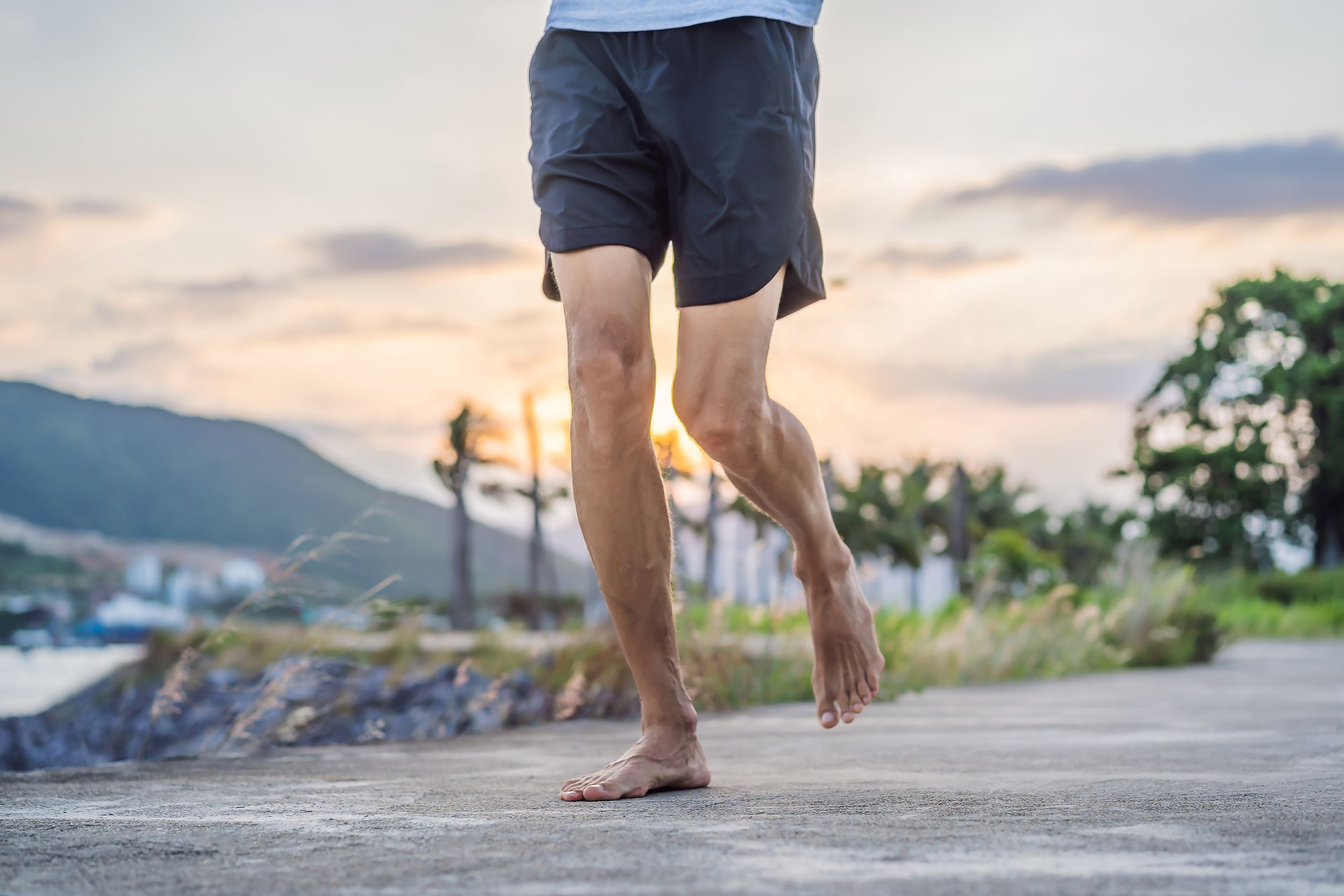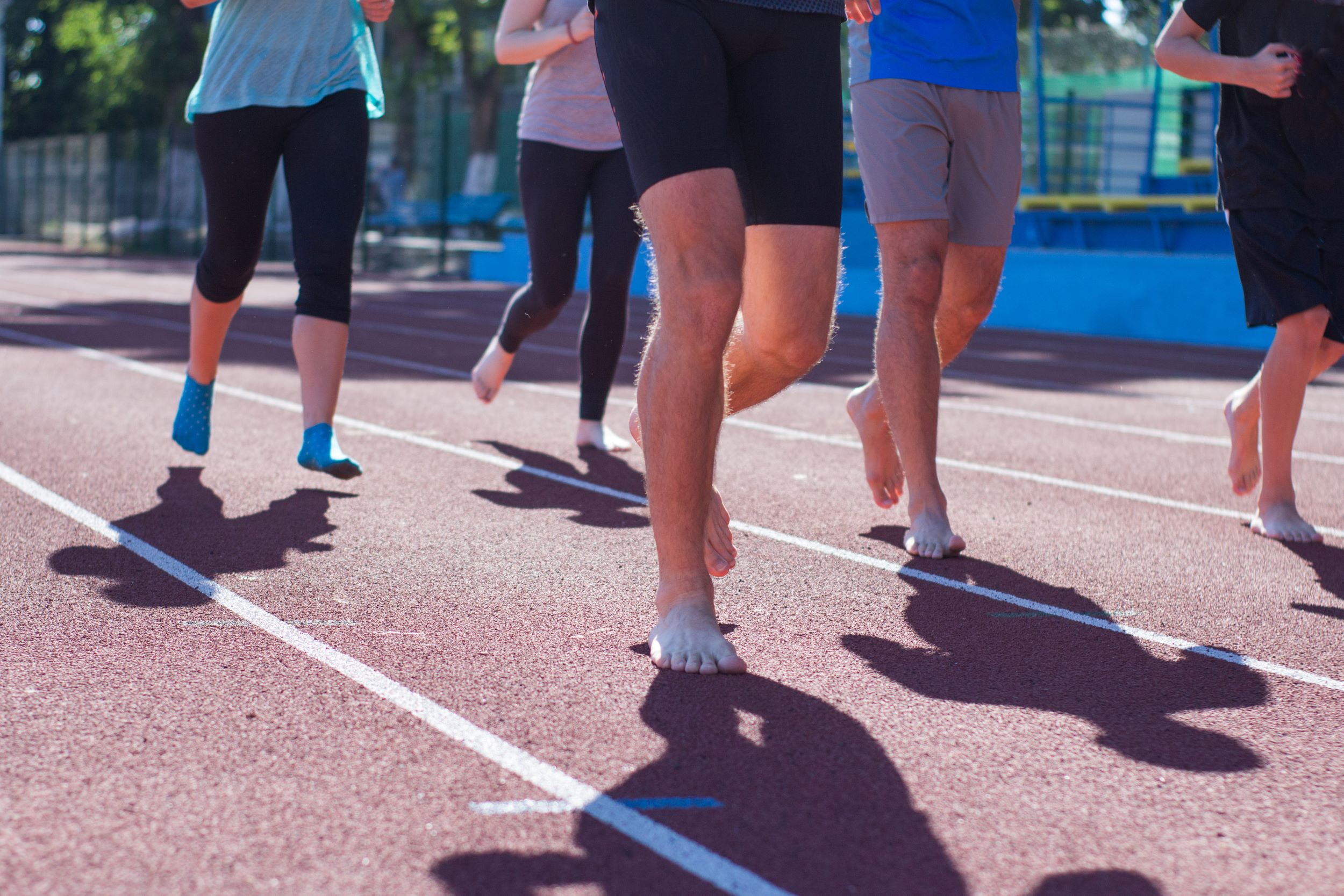Running has always been a symbol of freedom and natural movement. In recent years, a growing number of runners have returned to the roots of human movement—literally. Barefoot running, once the only way to traverse the landscape, has re-emerged as a popular and beneficial way to run. This guide explores the techniques, benefits, and tips for safe and effective barefoot running, helping you reconnect with the ground beneath your feet.
Introduction to Barefoot Running
A Brief History
Humans have been running barefoot for millennia. Our ancestors ran without the cushioning and support of modern running shoes, relying on the natural mechanics of the foot to navigate various terrains. The resurgence of barefoot running began in the early 2000s, spurred by research suggesting that it could reduce injury rates and improve running efficiency.
The Appeal of Barefoot Running

Barefoot running promises several benefits:
- Improved foot strength and flexibility: Running without shoes can strengthen the muscles in your feet and lower legs.
- Better balance and proprioception: Feeling the ground beneath your feet enhances your body’s ability to sense and adapt to different surfaces.
- Natural gait: Barefoot running encourages a more natural running form, potentially reducing the risk of injury.
Techniques for Barefoot Running
Start Slow and Steady
Transitioning to barefoot running requires patience and a gradual approach. Here’s how to get started:
- Begin with Short Distances: Start by walking barefoot for short distances to allow your feet to adapt. Progress to short, slow runs.
- Increase Gradually: Gradually increase your barefoot running distance by 10% each week to avoid overuse injuries.
- Listen to Your Body: Pay attention to how your feet and legs feel. Discomfort and soreness are normal, but sharp pain indicates a need to slow down.
Focus on Form
Proper running form is crucial in barefoot running to prevent injuries and maximize efficiency. Here are key aspects to consider:
- Midfoot or Forefoot Strike: Aim to land on the midfoot or forefoot rather than the heel. This reduces the impact on your joints and promotes a more natural running gait.
- Shorter Stride Length: Shorten your stride to ensure your feet land beneath your hips, not in front of them. This helps maintain balance and reduces strain.
- Cadence: Aim for a higher cadence (about 180 steps per minute). This helps maintain a light, quick step and reduces the force of impact.
- Posture: Keep your torso upright and your head aligned with your spine. Avoid leaning forward or backward excessively.
Surface Selection
Choosing the right surface is vital for beginner barefoot runners. Here are some tips:
- Start on Soft Surfaces: Grass, sand, or rubberized tracks are ideal for beginners as they provide a forgiving surface for your feet.
- Gradual Transition to Harder Surfaces: Once comfortable on softer surfaces, gradually introduce harder surfaces like asphalt or concrete. This helps strengthen your feet and prepares them for varied terrains.
- Avoid Rough or Hazardous Terrain: Steer clear of surfaces with sharp objects, extreme temperatures, or uneven ground to prevent injuries.
Strengthening Exercises
Strengthening your feet and lower legs can enhance your barefoot running experience. Incorporate these exercises into your routine:
- Toe Raises: Stand on your toes, hold for a few seconds, and lower back down. Repeat to strengthen your calves and feet.
- Foot Doming: While seated, press your toes into the ground and lift your arch. Hold and release to build arch strength.
- Calf Raises: Stand with your feet shoulder-width apart, rise onto your toes, and slowly lower back down. This exercise strengthens your calves and improves stability.
- Balance Exercises: Stand on one foot for 30 seconds to a minute, then switch. This improves balance and foot strength.
Benefits of Barefoot Running
Reduced Injury Risk
While the debate continues, some studies suggest that barefoot running can reduce the risk of certain injuries. By promoting a midfoot strike and reducing overstriding, barefoot running may lessen the stress on your knees and lower back.
Enhanced Sensory Feedback
Running barefoot heightens your sense of the terrain, improving proprioception. This enhanced awareness can help you adjust your stride and form, reducing the likelihood of trips and falls.
Improved Foot Health
Barefoot running can help correct foot deformities like bunions and strengthen the intrinsic muscles of the feet. This can lead to healthier feet overall and potentially reduce the need for orthotics.
Natural Running Experience
Many barefoot runners report a more enjoyable and connected running experience. Feeling the ground beneath your feet can be liberating and make your runs more mindful and engaging.
Common Challenges and How to Overcome Them
Initial Discomfort
Discomfort is common when you first start barefoot running. Here’s how to manage it:
- Gradual Adaptation: Allow your body time to adapt by increasing your distance and intensity gradually.
- Proper Form: Focus on maintaining proper running form to reduce undue stress on your muscles and joints.
- Rest and Recovery: Incorporate adequate rest and recovery into your routine to allow your muscles to repair and strengthen.
Environmental Hazards

Barefoot running exposes your feet to potential hazards like sharp objects and extreme temperatures. Mitigate these risks by:
- Choosing Safe Routes: Run on well-maintained paths free of debris.
- Inspecting Surfaces: Before running, inspect your route for potential hazards.
- Wearing Minimalist Shoes: Use minimalist shoes when running on rough or hazardous terrain to protect your feet while still enjoying the benefits of barefoot running.
Social Stigma
Running barefoot may draw attention or skepticism from others. Stay confident and educate curious onlookers about the benefits and science behind barefoot running. Many barefoot runners find that curiosity turns into respect as people learn more about this natural approach to running.
Tips for a Successful Barefoot Running Journey
Stay Consistent
Consistency is key to adapting to barefoot running. Stick to a regular schedule and gradually increase your running duration and intensity.
Educate Yourself
Read up on barefoot running techniques, watch instructional videos, and consider joining a barefoot running community. Learning from experienced barefoot runners can provide valuable insights and motivation.
Listen to Your Body
Pay attention to how your body responds to barefoot running. Adjust your training based on feedback from your feet and legs. If you experience persistent pain, consult a healthcare professional or a coach experienced in barefoot running.
Mix It Up
Incorporate a mix of barefoot and shod running into your routine. This allows you to enjoy the benefits of both and provides a balanced approach to training.
Conclusion
Barefoot running is more than just a trend—it’s a return to a natural form of movement that can bring numerous benefits to your running practice. By starting slow, focusing on form, and listening to your body, you can safely and effectively transition to barefoot running. Embrace the journey, and enjoy the sensation of freedom and connection that comes with running as nature intended.


